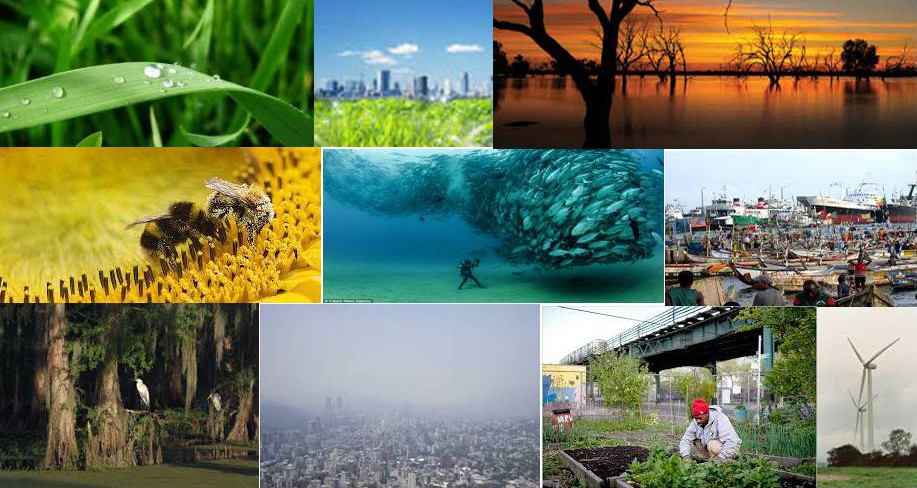Japan’s “Big U” implemented!!!
Very interesting article!!!!

Japan’s “Big U” implemented!!!
Very interesting article!!!!
NYC should implement this with new developments
see link below with additional information
1. Read the following article, “Sustainable Lifestyles and the Quest for Plenitude: Cased Studies on the New Economy, Juliet Schor and Craig J. Thompson, eds. 2014 and come prepared for a discussion of the reading following presentation by Prof. Diana Mincyte (Sociology). Thompson and Press_CSA_ Practicing Plenitude 2014
2. Preliminary annotated bibliography (3 research sources) due on Monday, March 30.
Read Chapter II: Understanding the current food system in the context of climate change – major components and drivers.
Achieving food security climate_food_commission-final-mar2012
During my visit to the Gowanus Canal in Brooklyn, I have seen the polluted canal, observed the neighborhood and learned about its history and the future solutions from our leader. The reason why the canal is greatly polluted is because of the industrial pollution from factories that dumped their wastes in its waters. Also, the sewage entered the Gowanus Canal and other contaminants. This led this Canal to be the most polluted waterway in North America. Fortunately, a non-profit campaign, the Gowanus Canal Conservancy was created to help clean and revive the Gowanus Canal with the help of so many volunteers. Finally, to restore the canal is to revive the environment by creating and implementing efficient practices held by the campaign.
In response to student inquiries, the link here is provided here for more information.
http://www.nycservice.org/initiatives/index.php?bitinitiative_id=3
Francisco Diaz
Pro: Sean MacDonald
Econ 2505
The Gowanus canal conservancy
After taking a field trip to the gowanus canal, I would say that I was impressed by its long history and its surrounding. The canal was constructed in the 1800; s. the very long canal is located around businesses, residential buildings, industries, and homes. I did not have any knowledge of the existence of the canal, but thanks to this tour I was able to learn about its history. The Gowanus canal has been polluted for decades; by businesses, factories, coal companies and run-off water. Uncontrolled dumping from humans; and these businesses led to the contamination of the canal. The dumping of all kinds of waste into the water, not only contaminated the water but also the land. The overflow of water also plays a big role in polluting the canal. Thanks to the technology, they are trying to come up with new tactics to improve the condition of the canal conservancy. In my opinion, I think that by improving the condition of the canal; not only will benefit the community but also the environment and ecosystem as well. They have implemented a few methods to try to maintain the canal cleaner. One of those methods is by placing a few bio-swales plants around the neighborhood. Another method is by going green, and maintaining a friendlier environment. The supermarket around the corner has implemented energy saving technology; such as wind farms and solar panels and a greenhouse atop the supermarket. I also overheard the tour guide, saying that there are certain rules for constructing around the canal. They have to move certain distance away from the canal when constructing new projects or residential buildings. Unlike decades ago; now businesses and factories are more aware of the danger of polluting the Canal. Contaminating the canal not only creates a threat to the canal; but also to the environment and the community as well. It can definitely bring health issues, to the people living nearby the canal. The main goal is to maintain the canal clean and free polluted. I have to say that I really enjoyed the trip there and the tour as well. I learned things that I did not know about the canal, and also about the neighborhood.
GCC Findings
The most important finding for me was the extensive pollution the canal has faced. From late 1800’s when a coal burning factory (supplying the MTA) dumping their garbage, the sewage waste entering the canal to the cement factory (until recently) washing their trucks and having the run-off water enter the canal. A continuous pollution of the area will take years and years to restore a clean and safe environment for the people leaving in the area.
A second unexpected finding was the rezoning of the surrounding area. Allowing a zoning change from commercial to residential is a testament to the gentrification of Brooklyn. Allowing a low-income housing building to be erected “40 feet” from the canal was very surprising. Seeing the advertisement on the gate surrounding the construction site depicted the canal water as a serene “tropical” looking color, when the reality is that the contamination will remain in the soil for many years to come.
My last important finding was the extent Whole Foods has gone to be the most environment conscious company in the area of GCC. Their combination of solar energy, wind turbines, a greenhouse atop the store and their continuous commitment to the community has made their store “The greenest supermarket in NY State”. The use of permeable pavement was also an important step in assisting with the prevention of run-off water entering the canal. These findings have taken an interest to me as how to implement them my QueensWay project proposal.